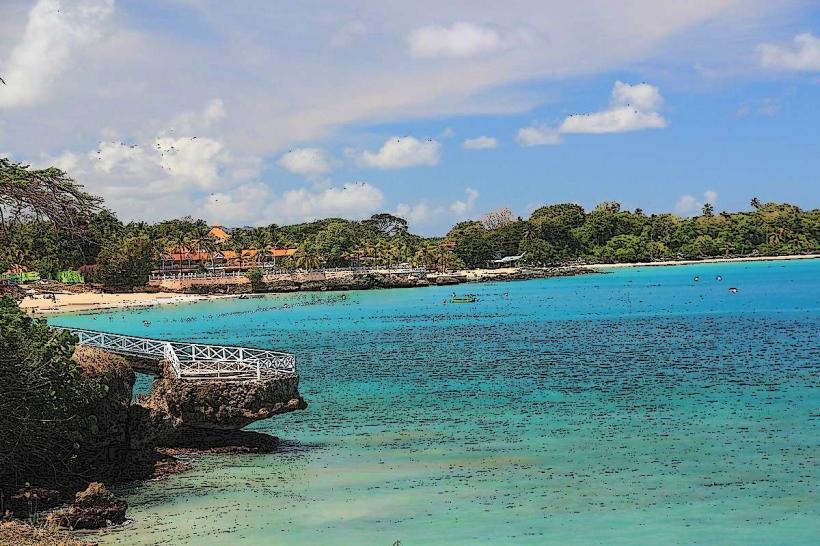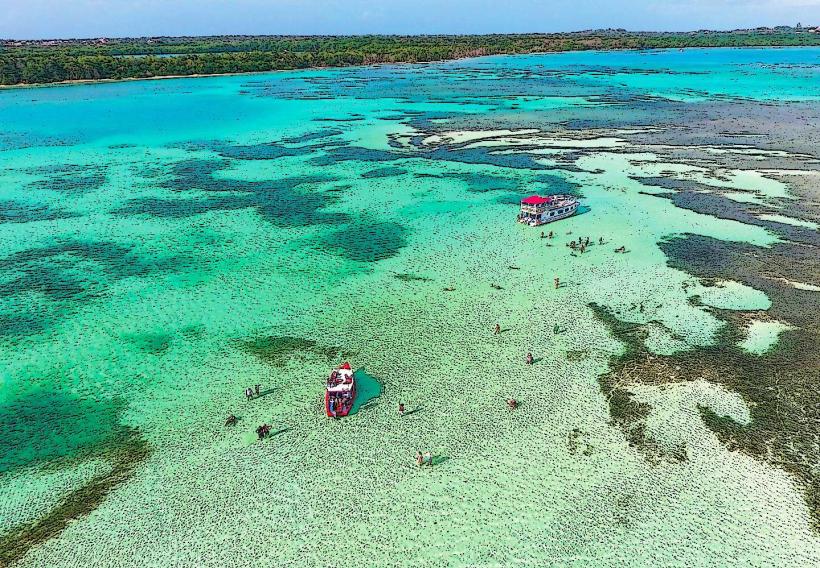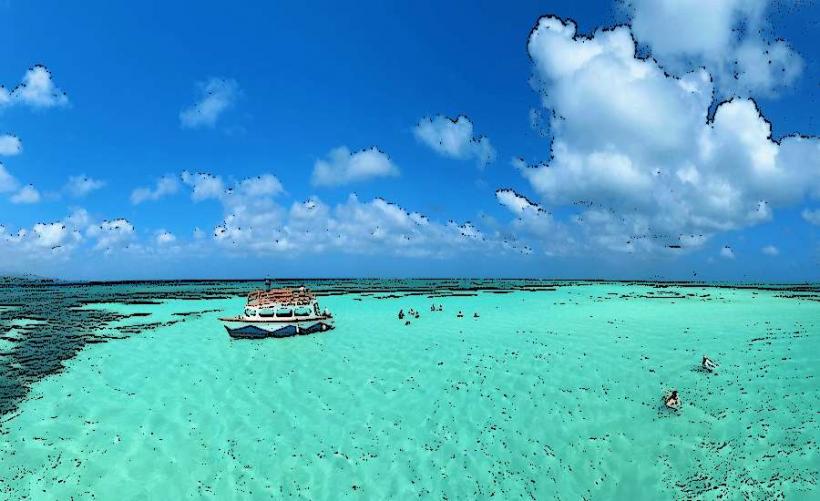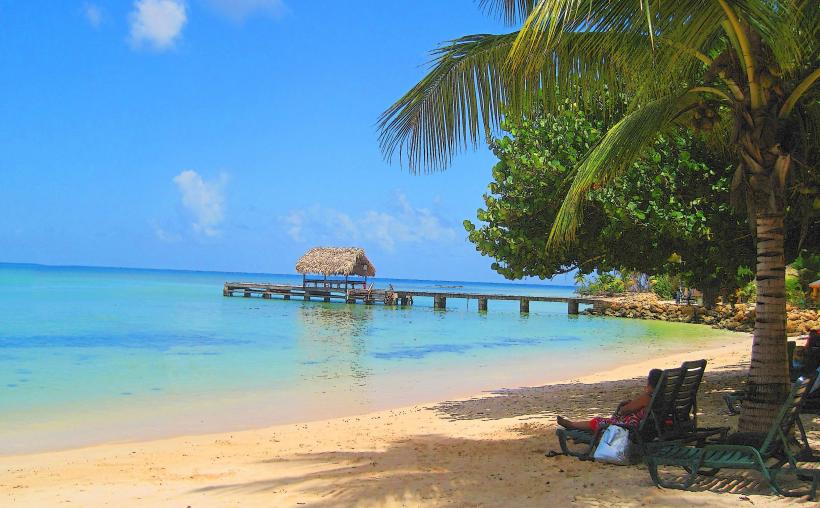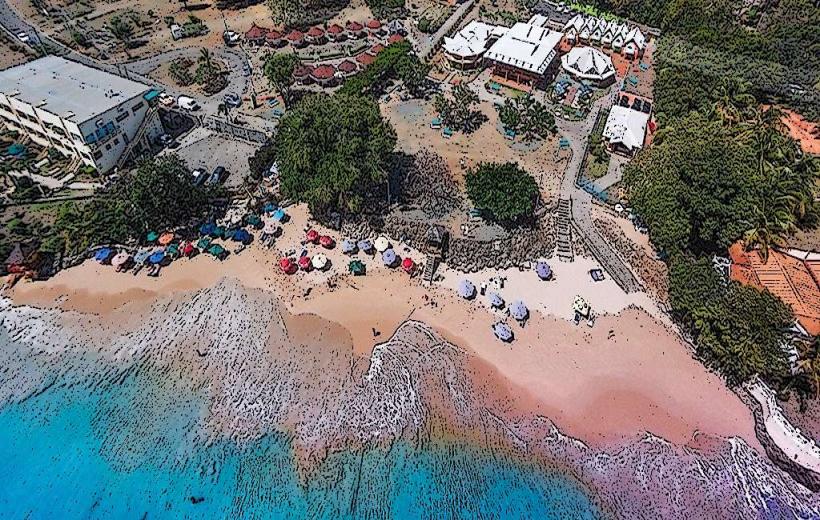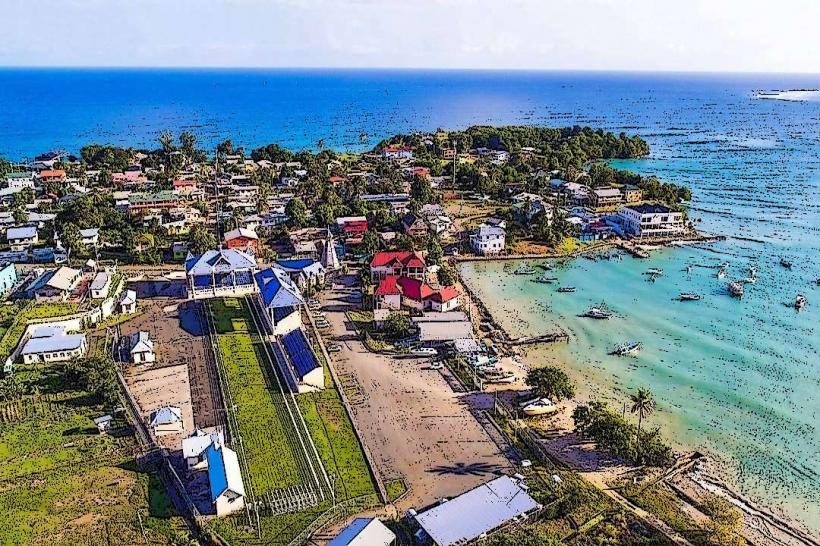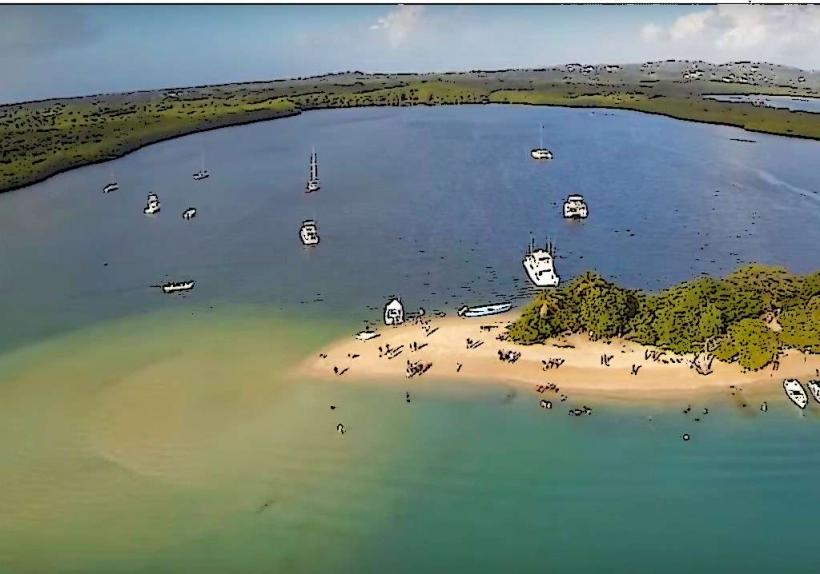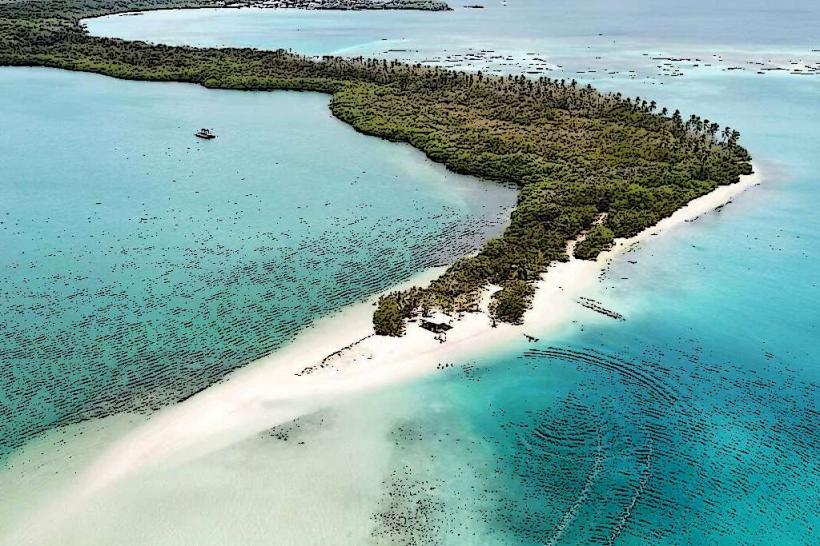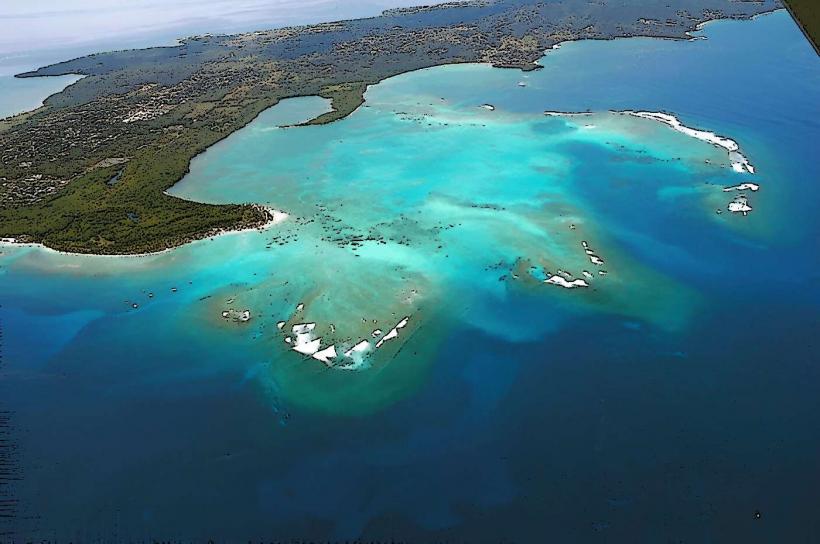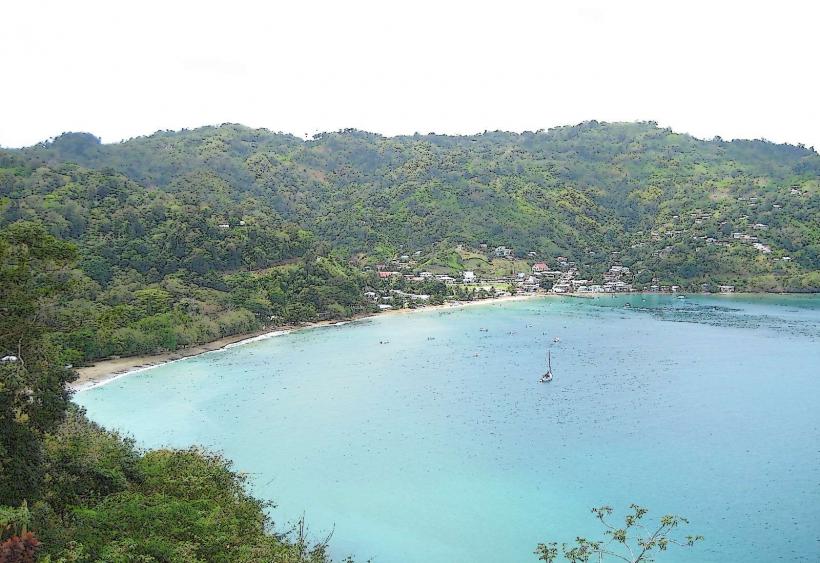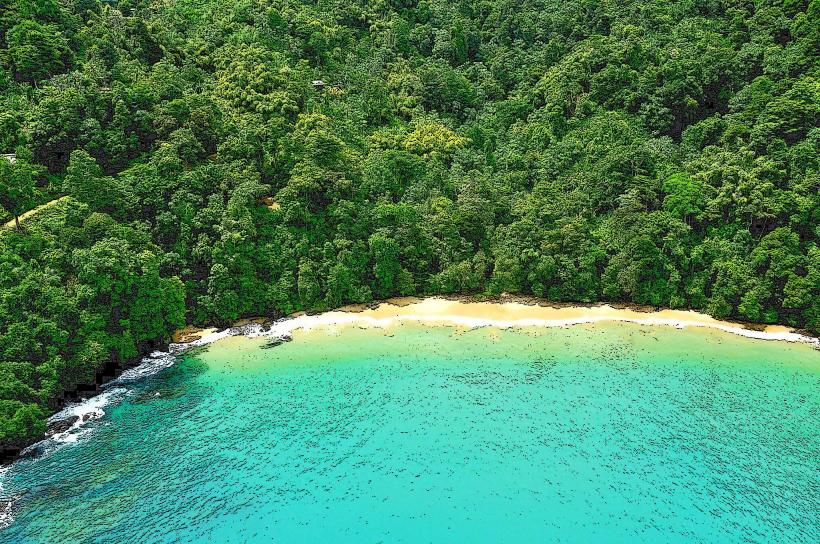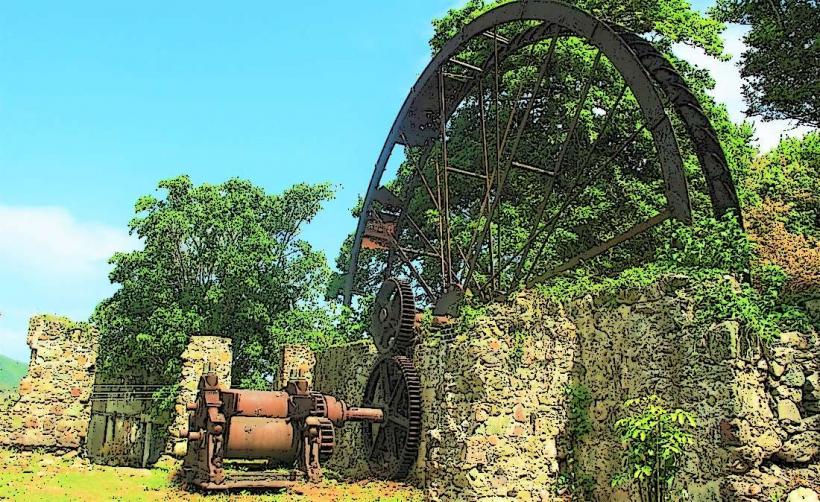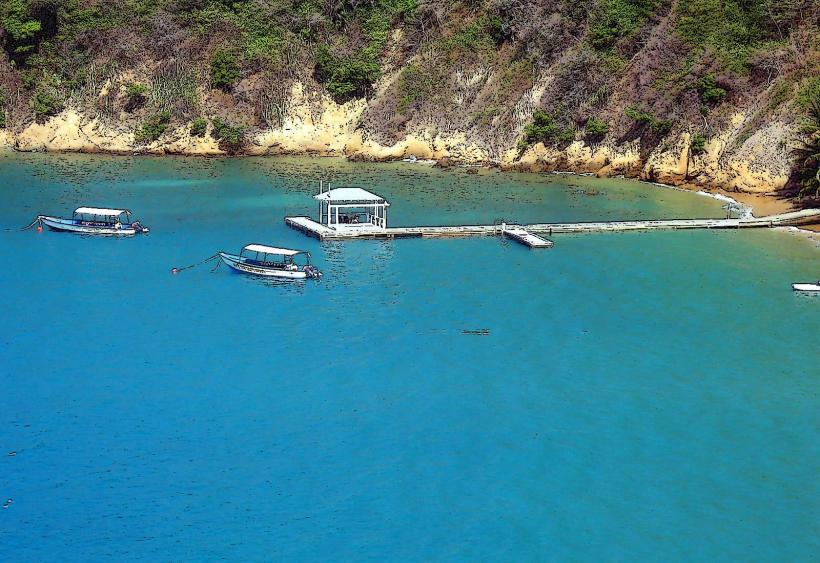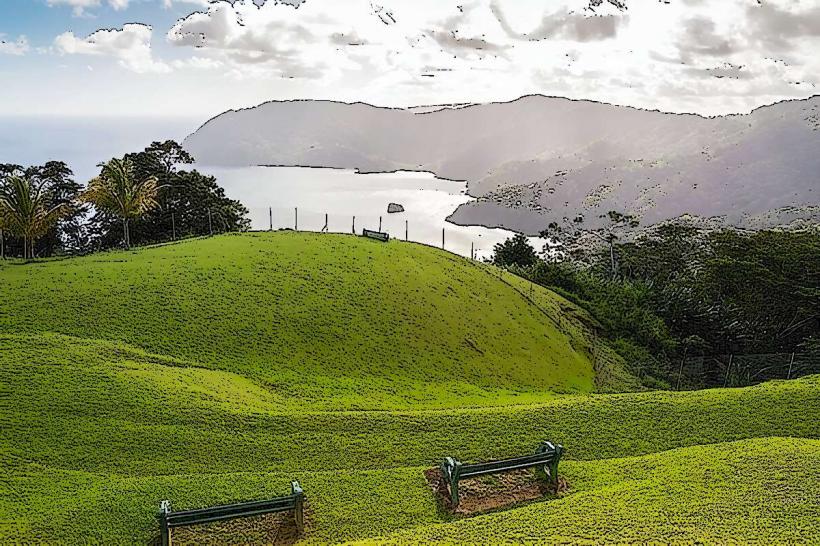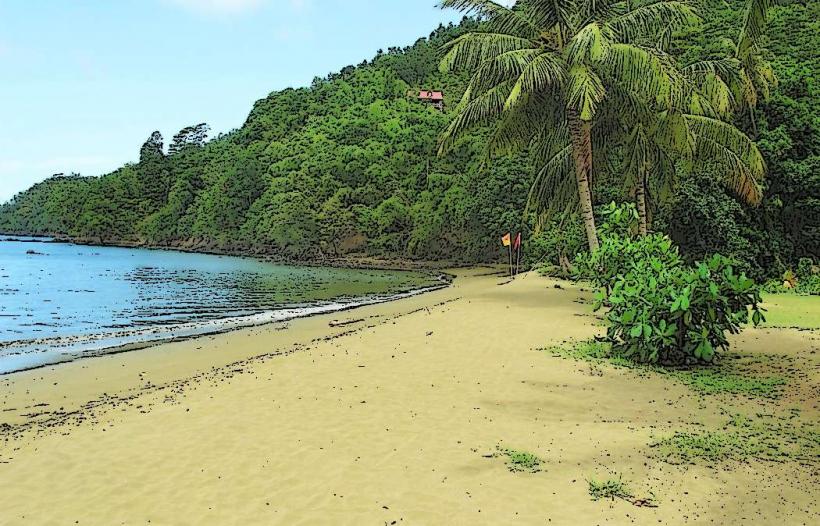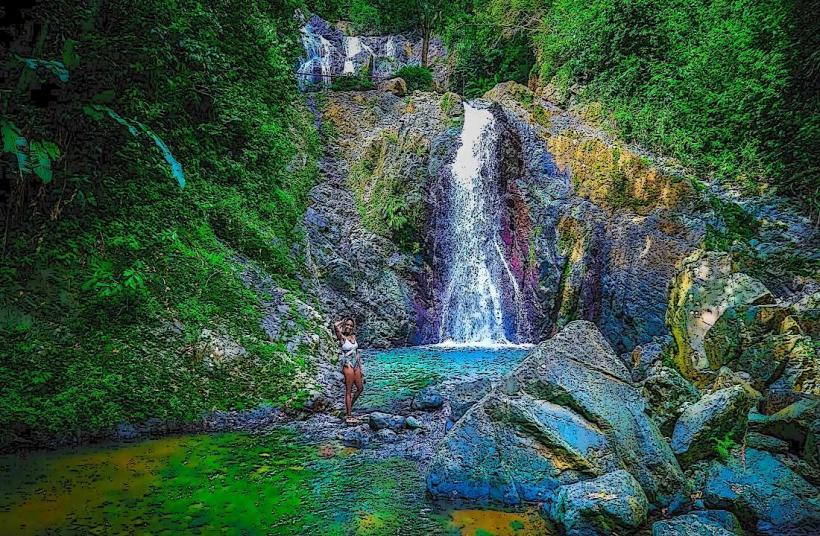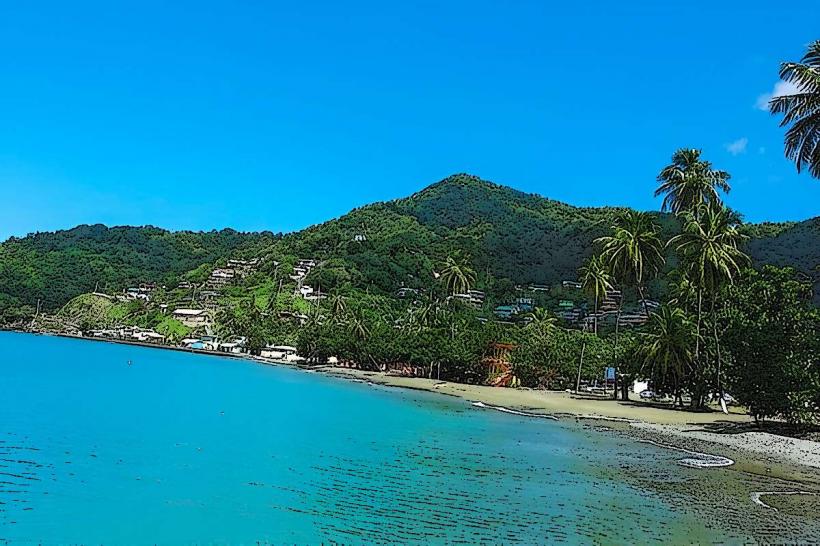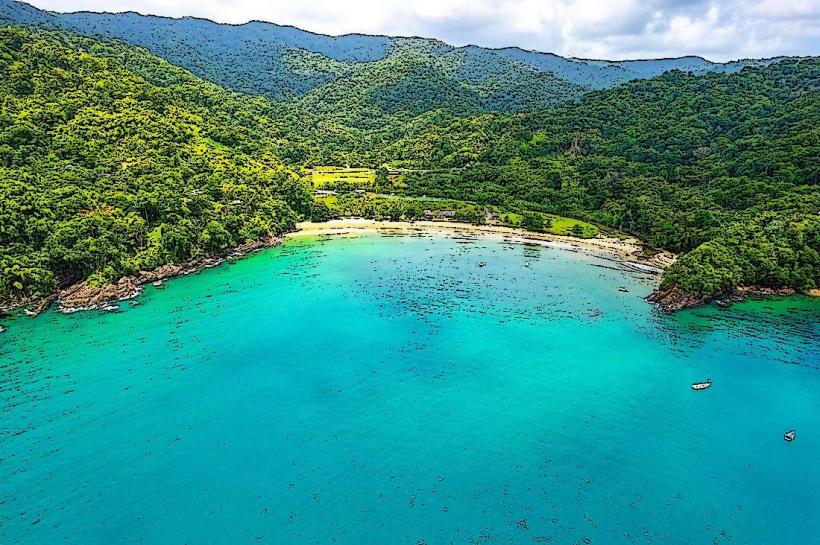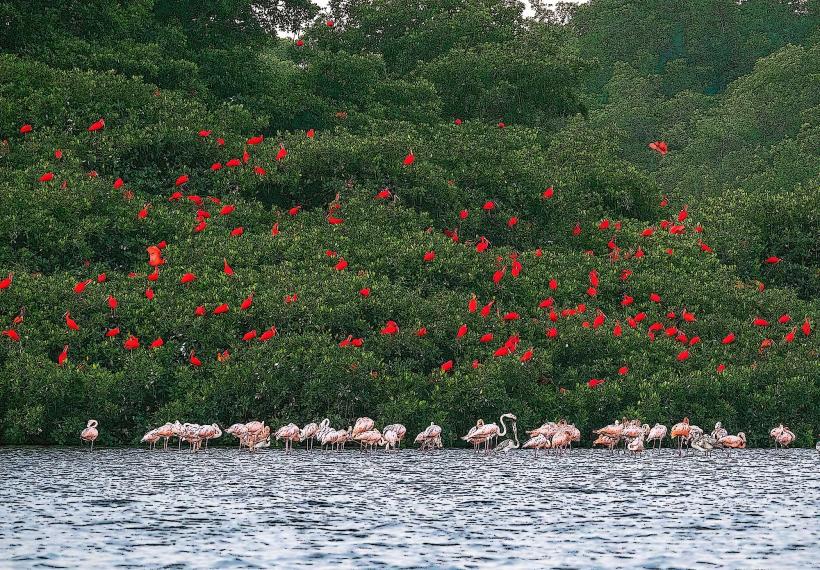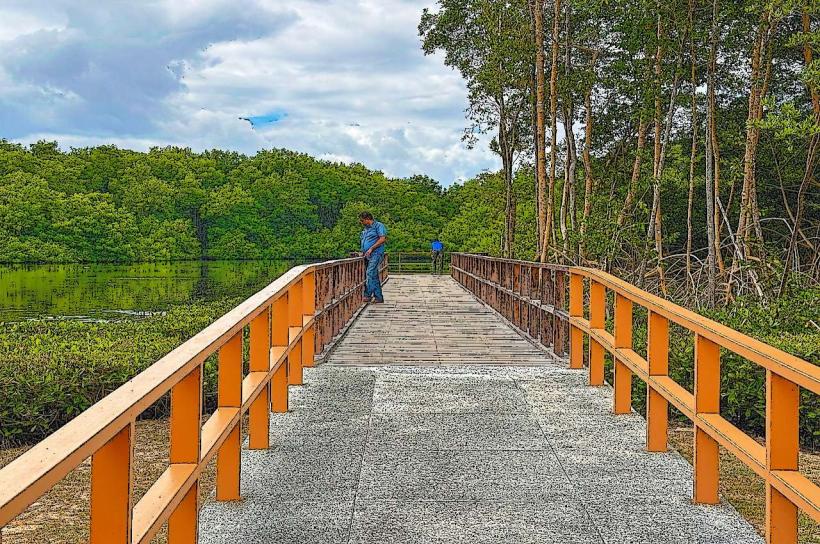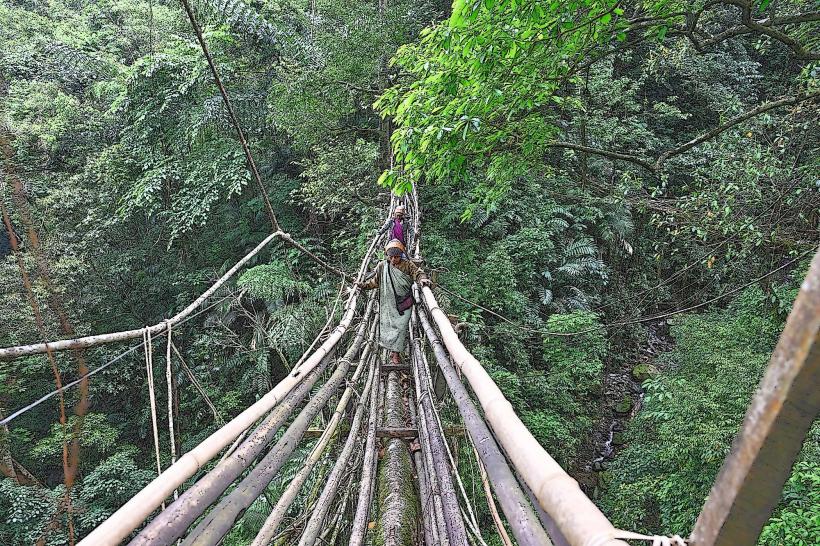Information
Landmark: Little Tobago IslandCity: Tobago
Country: Trinidad and Tobago
Continent: North America
Little Tobago Island is a small, uninhabited island located off the northeastern coast of Tobago, just a short boat ride from the village of Speyside. Known for its stunning natural beauty, rich wildlife, and vibrant birdlife, Little Tobago is a popular destination for nature lovers, birdwatchers, and those seeking a peaceful retreat. The island’s isolation, lush vegetation, and diverse ecosystems make it a unique part of Tobago's natural heritage.
1. Location and Accessibility
- Little Tobago is situated approximately 1.5 kilometers (1 mile) off the coast of Speyside, and it is best accessed by boat. The island can be reached via guided boat tours from Speyside, which often include a visit to Goat Island and a chance to enjoy the scenic beauty of the surrounding coastline.
- The boat ride to Little Tobago is short but offers spectacular views of the turquoise waters, steep cliffs, and lush landscapes that surround the island.
2. History and Significance
- Little Tobago has a history rooted in both natural and human activities. The island was once home to a small settlement of Caribbean natives and European settlers, but it has been uninhabited for many years. Its isolation has allowed the island’s ecosystems to remain relatively undisturbed.
- In the 18th century, Little Tobago became an important site for birdwatching due to its ideal location for seabirds. The island is now a designated bird sanctuary, and its status as a protected area ensures the preservation of its unique ecosystems.
- Little Tobago also has some historical significance for Tobago's early plantation economy. It is believed that the island was once used for growing crops and that its location was ideal for agricultural ventures during the colonial period.
3. Natural Features
- Lush Vegetation: Little Tobago is covered with dense tropical vegetation, including palm trees, mangroves, and rainforest flora. The island’s environment supports a wide range of wildlife, from birds to small reptiles and invertebrates, creating a diverse and thriving ecosystem.
- Coastal Cliffs: The island is characterized by its dramatic coastal cliffs, which rise steeply from the sea and offer incredible views of the surrounding ocean and coastline. These cliffs are particularly popular among birdwatchers, as they provide an ideal vantage point for observing seabirds in flight.
- Coral Reefs and Marine Life: The waters surrounding Little Tobago are home to vibrant coral reefs and diverse marine life, making it a great spot for snorkeling and scuba diving. The shallow waters near the island are teeming with colorful fish, coral formations, and other marine species.
4. Wildlife and Birdwatching
- Little Tobago is one of the best birdwatching locations in the Caribbean, and it is often referred to as a bird sanctuary due to its role as a nesting site for a variety of seabirds.
- Seabirds: Little Tobago is home to numerous species of seabirds, including the red-billed tropicbird, magnificent frigatebird, brown booby, and tropical mockingbird. The island serves as a nesting ground for these birds, and visitors often have the chance to see large colonies of birds perched on the cliffs or flying overhead.
- Endemic Species: The island is also home to some endemic species of flora and fauna, including a variety of tropical plants and insects. Birdwatchers can spot rare species, while nature lovers can enjoy the island's biodiversity.
- Conservation Efforts: As a protected site, Little Tobago has been the focus of ongoing conservation efforts aimed at preserving its unique ecosystems and the bird populations that rely on the island for nesting and shelter. Visitors to the island are encouraged to respect the natural environment and avoid disturbing wildlife.
5. Activities on Little Tobago
- Birdwatching: One of the primary activities on Little Tobago is birdwatching. The island is a haven for bird enthusiasts, and guided tours often focus on identifying different bird species and observing their nesting behavior. The cliffs and vantage points around the island provide excellent opportunities to spot seabirds in their natural habitat.
- Snorkeling and Diving: The waters surrounding Little Tobago offer fantastic opportunities for snorkeling and scuba diving. The coral reefs and clear waters are home to an array of marine life, including tropical fish, turtles, and even the occasional stingray. Visitors can explore the underwater ecosystems and enjoy the vibrant colors of the coral and fish.
- Nature Walks: While the island is not large, there are several nature trails that visitors can follow to explore the diverse vegetation and wildlife. Hiking on Little Tobago offers the chance to discover rare plants, birds, and other creatures while taking in stunning views of the surrounding ocean and coastline.
- Photography: For photographers, Little Tobago provides a wealth of subjects to capture. The island’s stunning scenery, diverse wildlife, and unique landscapes make it an ideal destination for both nature and landscape photography.
6. Nearby Attractions
- Goat Island: Goat Island is a small island located next to Little Tobago. It is home to a colony of seabirds, particularly the red-billed tropicbird, which can be seen nesting and flying around the island. Visitors often pass by Goat Island during boat tours to Little Tobago, offering a chance to observe the birdlife up close.
- Speyside Village: Speyside is a charming fishing village on the main island of Tobago. It offers visitors a glimpse into the local way of life and provides access to some of the best natural attractions in the area, including Little Tobago. In addition to boat trips to the island, Speyside offers opportunities for fishing, dining, and enjoying the local culture.
- Main Ridge Forest Reserve: The Main Ridge Forest Reserve, located near Speyside, is one of the oldest protected rainforests in the Caribbean. Visitors can enjoy hiking, birdwatching, and exploring the diverse plant and animal life in the reserve, making it an excellent complement to a visit to Little Tobago.
7. Best Time to Visit
- The best time to visit Little Tobago is during the dry season, which runs from January to May. The weather during this time is typically sunny and dry, making it ideal for outdoor activities like birdwatching, snorkeling, and hiking.
- While rainy season (June to December) may bring occasional showers, it can also offer a more peaceful and less crowded experience. However, visitors should be prepared for possible rain and should check local weather conditions before planning a visit.
8. Conclusion
Little Tobago Island is a unique and unspoiled destination for nature lovers, birdwatchers, and anyone seeking a peaceful escape in the Caribbean. With its dramatic cliffs, lush vegetation, vibrant wildlife, and excellent opportunities for outdoor activities, the island offers an unforgettable experience. Whether you're interested in birdwatching, snorkeling, hiking, or simply enjoying the island's beauty, Little Tobago provides a pristine environment that showcases the best of Tobago’s natural heritage.

